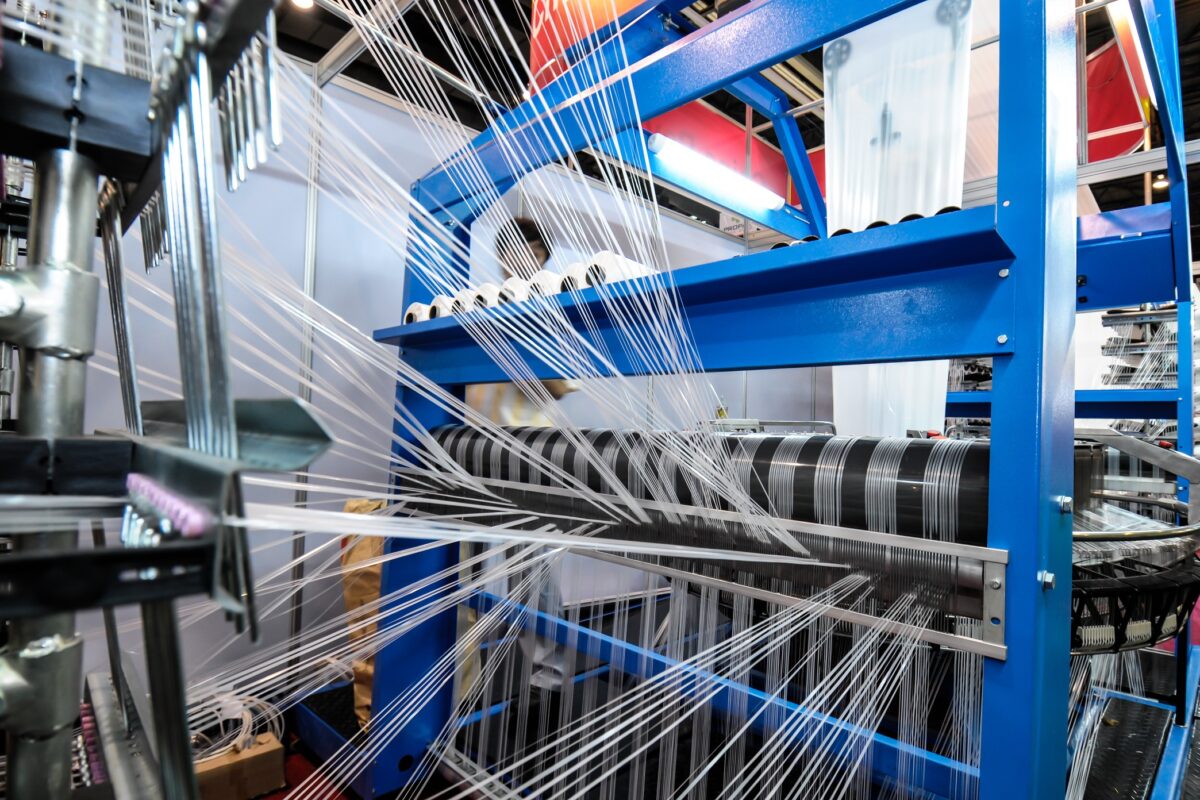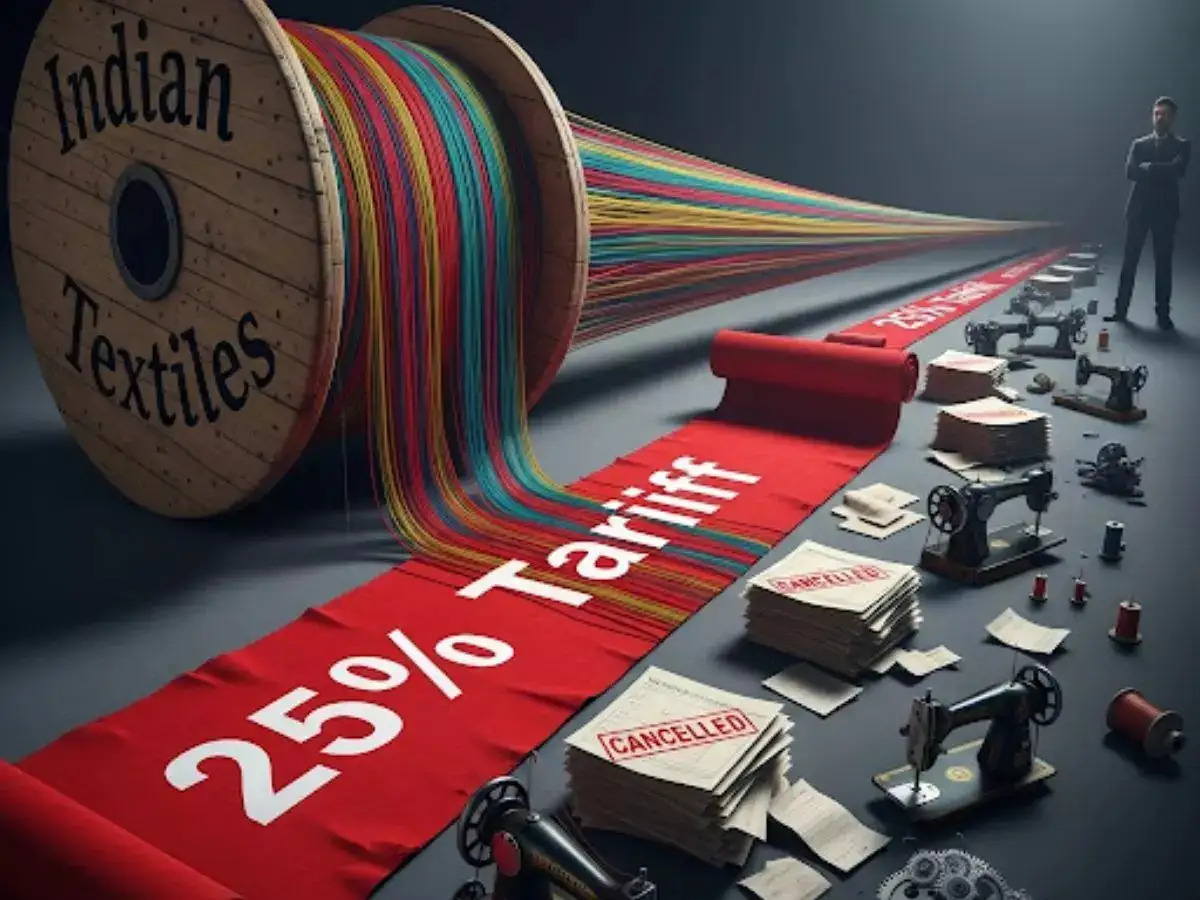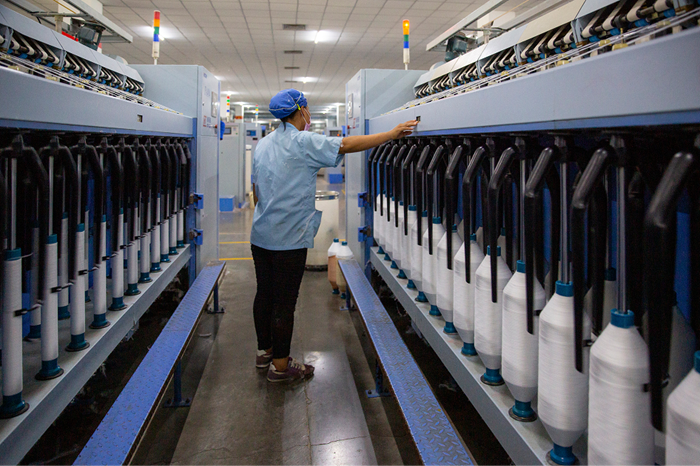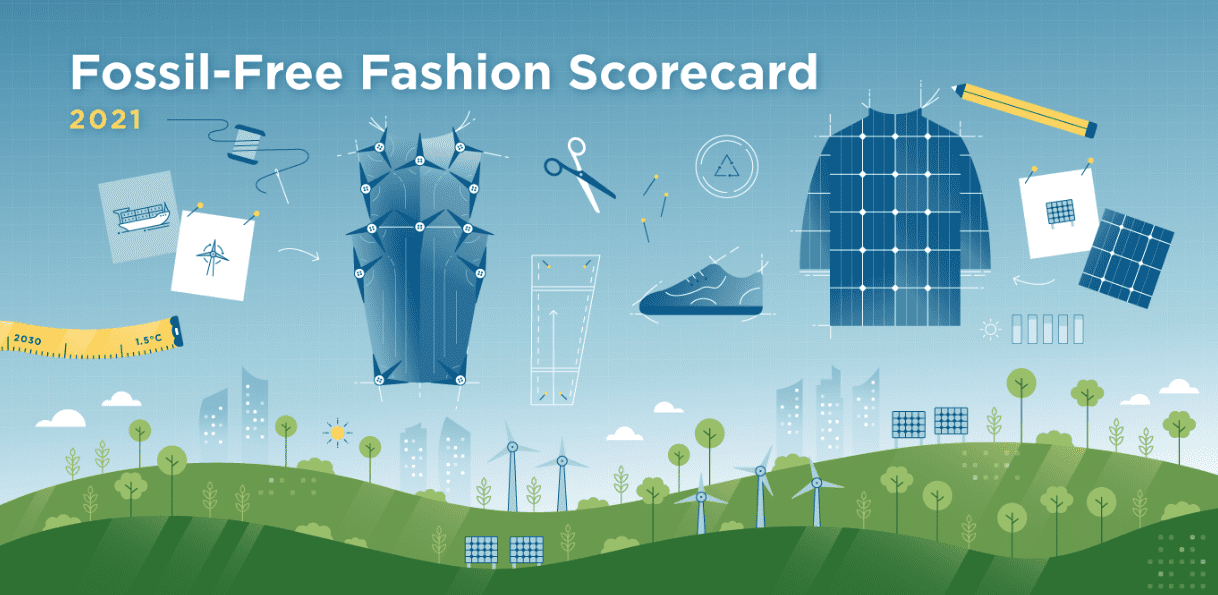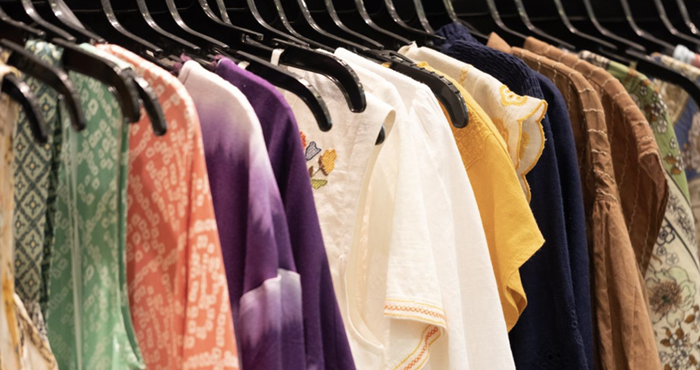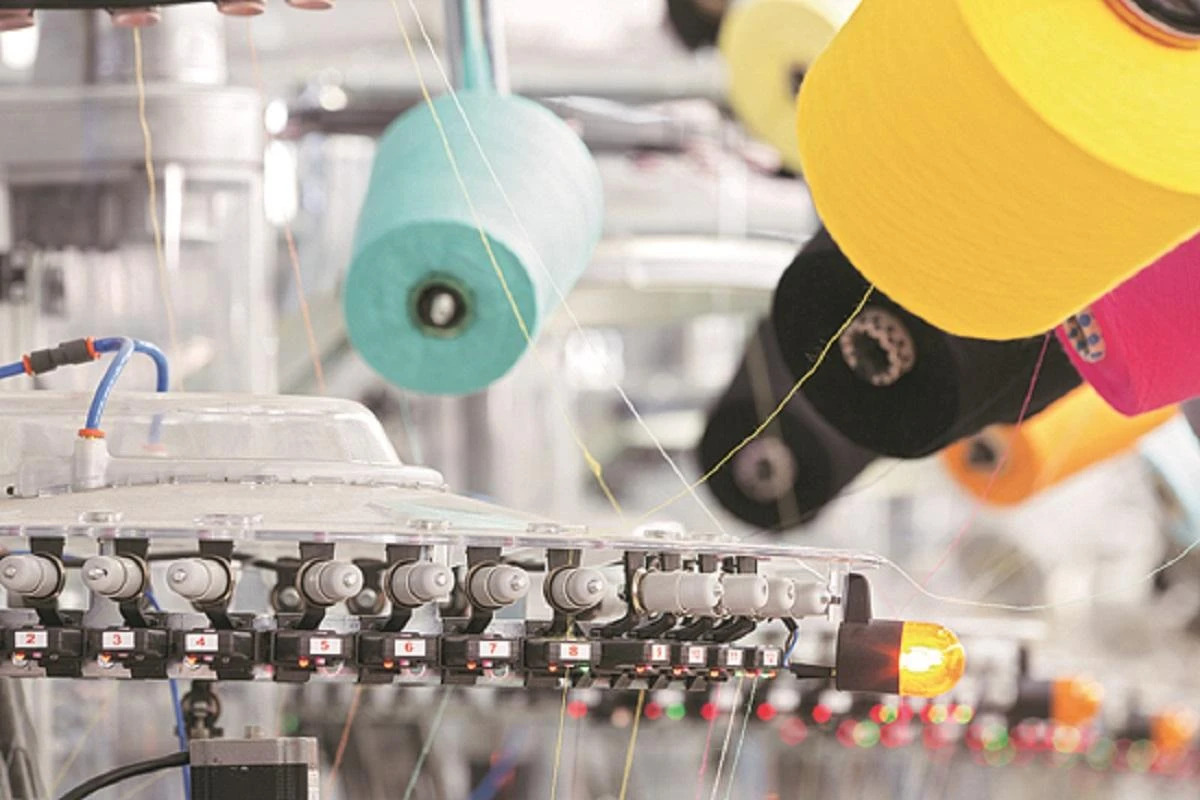
The global textile industry operates on an assumption: natural fibers are nearing their ceiling of growth, with future demand almost exclusively reserved for synthetic and artificial alternatives. This narrative of stagnation was directly challenged by Marcelo Duarte Monteiro, representing the Brazilian Cotton Growers Association (Abrapa), at the recent ITMF Annual Conference.
Monteiro's keynote delivered a powerful, data-backed counter-argument: “Cotton is not over.” He asserted that the sector is undergoing a profound, technology-driven evolution, positioning it to reclaim lost supply chain ground and significantly strengthen its role in the global fiber mix. This message arrives as analysts project total fiber demand to soar from 130 million tonnes in 2025 to over 180 million tonnes by 2040, a surge often discounting cotton’s potential. The foundation of this optimism rests on four intertwined pillars driving the cotton revolution: Innovation and Quality, Supply Consistency, Value, and Sustainability.
The Brazilian advantage, a blueprint for global renewal
Brazil's cotton sector is not just growing; it's serving as a global blueprint for renewal, offering a direct counterpoint to the narrative of natural fiber decline. By leveraging technological leadership, disciplined sustainability practices, and unique counter-seasonal advantages, Brazil has transformed from a volatile commodity producer into a premium fiber powerhouse.
Agtech fusion, innovation and quality redefining the fiber
In Brazil’s cotton heartlands, the fusion of agriculture and technology has created a highly precision-driven production model. From genetically optimized seeds to satellite-based monitoring, Agtech innovation is being used to dramatically boost both quality and productivity
Table: Agtech innovation
Innovation aspect Brazilian example Significance Fiber Quality 76% of Brazilian cotton produced has a fiber length (UHML) exceeding 29 mm (equivalent to 1-5/32” inches). Indicates a focus on premium, long-staple cotton, highly desired by global spinners. Productivity Brazilian cotton yields are among the world's highest, greatly exceeding traditional growing regions. (Brazil's 2022/23 season average yield was 1,931 kg/ha compared to India's 420 kg/ha). Proves that scientific advancement can deliver reliable, high-volume production, overcoming the historic problem of stagnant yields. Contamination Control Cotton picking in Brazil is 100% mechanized, ensuring a higher volume of contamination-free lint, a critical factor sought by textile mills, especially in major importing nations like India. Addresses a significant quality and processing barrier for natural fibers.
This table clearly illustrates Brazil’s strategic shift. Its premium long-staple fiber quality and staggering yield advantage achieved through scientific advancement are dismantling the barriers that once relegated cotton to a static, price-sensitive market.
Stabilizing the supply chain
Brazil’s rise is also strategically rewriting the global cotton calendar. Having quadrupled its output over the past two decades to become the world's second-largest exporter, its Southern Hemisphere location provides a crucial counter-seasonal supply advantage.
|
Hemisphere |
Supply trend |
Global impact |
|
Northern Hemisphere |
Historically dominant, subject to major single-season volatility (weather, pests). |
Contributes to global price and supply instability. |
|
Southern Hemisphere (e.g., Brazil) |
Rising exports (Source: USDA, top 20 Exporters), offering counter-seasonal supply. |
Creates a more consistent, de-risked year-round global supply for the textile industry. |
This structural diversification offers manufacturers and brands improved supply security, a factor that has become paramount in the post-pandemic sourcing environment.
Cotton's rebranding moment
Monteiro directly tackled the persistent misconceptions regarding cotton’s environmental footprint, arguing that Brazilian cotton is becoming a model for climate-resilient, low-impact agriculture.
• Rainfed production: A remarkable 93 per cent of Brazil’s cotton is cultivated without irrigation, powerfully countering the long-standing myth of cotton's excessive water use.
• Regenerative practices: In key regions like the Cerrado, farmers utilize crop rotation and permanent vegetation cover, practices that actively improve soil health and carbon sequestration.
• Traceability systems: The industry is leading collaborations to certify deforestation-free, transparent supply chains that meet the stringent ESG expectations of global brands.
This data shows Brazil is turning environmental challenges into competitive strengths. The near-total reliance on rainfall sharply reduces water consumption, while traceability systems act as market differentiators, providing global mills with the credibility and transparency that opaque synthetic supply chains often lack.
The broader implication, innovation vs. inertia
Monteiro’s data-backed optimism reframes the future of natural fibers. While synthetics currently dominate due to cost and scalability, Brazil's example proves that technology, traceability, and trust can make cotton globally competitive once more. It is being redefined from a static commodity to a strategic material that is cleaner and smarter.
As the world prepares for a massive 40 per cent rise in global fiber demand by 2040, the industry choice is not simply between natural and synthetic, but between innovation and inertia. If the Brazilian cotton story becomes a global model, it signals that the cotton industry is not peaking it is only just entering its next, most technologically advanced, phase of growth.

